The most exciting trends and findings from the 2022 trail bike group test
What can we expect from our trail bikes in the future? What are the good and bad developments in the trail bike segment? Do electronic components really have an advantage? After our group test of the 14 hottest trail bikes of 2022, it’s time to take stock and list the most important findings from the test.
Our group test didn’t just show that trail bikes are the ultimate all-rounders, but that they’re also becoming increasingly capable on the descents without sacrificing their climbing efficiency. We had a ton of fun testing all these bikes over the past months, gaining a lot of exciting insights and discovering new trends while we were at it.
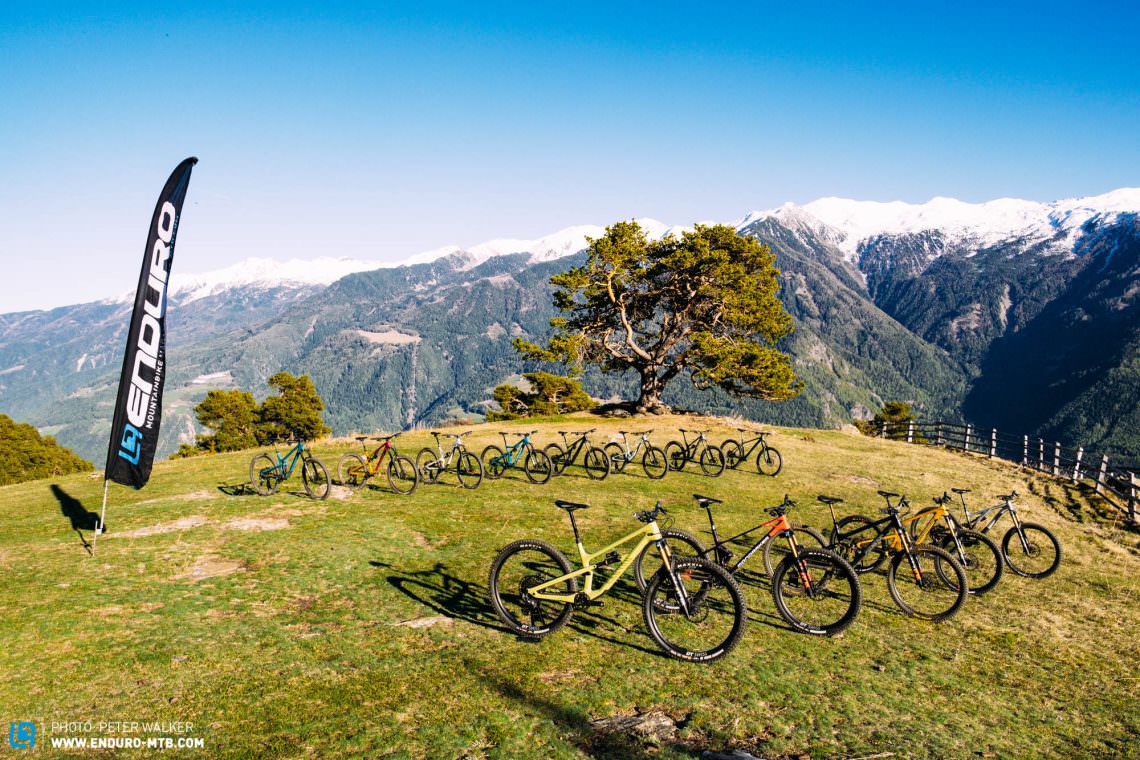
More control and less arm pump on trail bikes – More powerful brakes
Although we’re talking about trail bikes here, most of them came with brakes that were developed for enduro or even downhill bikes. 12 of the 14 bikes were equipped with SRAM CODE, Shimano XT or XTR, or a Formula Cura 4 four-piston brakes. Sweet! Only two bikes relied on SRAM’s G2 four-piston brakes, which simply don’t provide enough braking power for the intended use of these bikes. The size of the rotors is also growing steadily and most of the tested bikes were fitted with big 200 mm rotors front and rear. Only Mondraker and Rocky Mountain specced 180 mm rotors at the front and rear, which is too small for these bikes’ capabilities, especially considering the insignificant weight difference of bigger rotors and the resulting advantages.
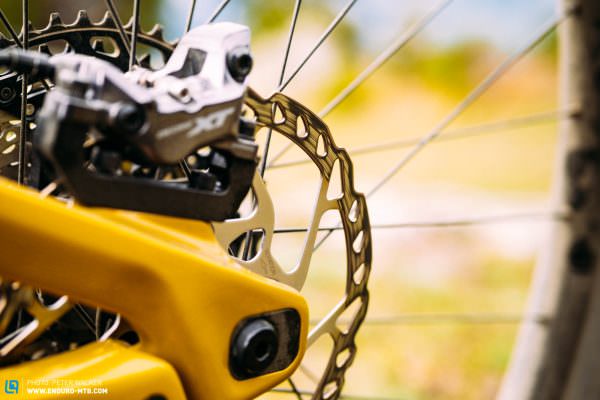
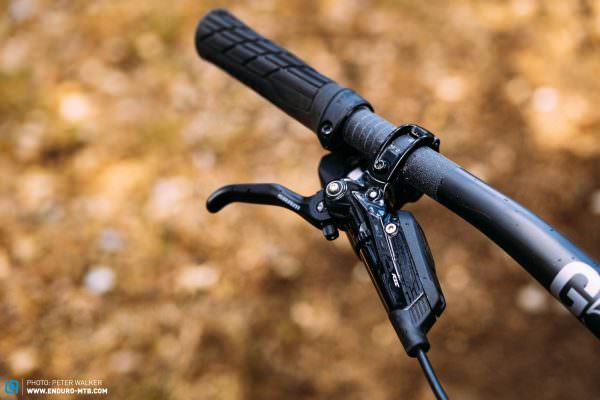
More grip and cushioning vs rolling resistance and weight – Tires are a weak point on trail bikes
As before, many trail bikes still come with tires that aren’t fit for the intended use. Particularly the casings, which can end up being very expensive, especially in combination with carbon rims. Thinner casings are lighter, but they must be pumped up harder to protect the rims and prevent burping. Doing so reduces grip and cushioning. On the other hand, a thick casing – which can be ridden with a lower tire pressure – provides significant advantages on the trail, outweighing the minimal added weight and rolling resistance on the climbs. The higher rotating mass also provides increased stability and confidence on the trail.

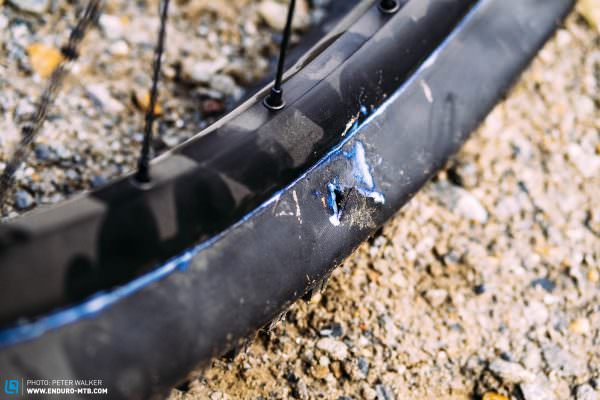
Attention to the details and their implementation
All the bikes on test feature details like seat stay and chainstay protectors, down tube protectors, and some even come with protective film on much of the frame. But the devil is in the details as there are big differences between the solutions and their quality. Unfortunately, rattling chains and cables and rubber bits that come loose were constant companions in this group test. The seat stay and chainstay protectors are often undersized or the material that they’re made of is too hard. Some frames have untidy cable routing, or the cables aren’t clamped down securely enough at the ports. Manufacturers such as Canyon and Specialized continue to improve their tried-and-tested systems, so their customers can enjoy riding quiet and well-protected bikes. On a positive note, we’re seeing more and more bikes being shipped with protective film, thus protecting your frame and increasing the resale value of your bike. All the bikes on test have room for a water bottle, though you’ll be faced with restrictions regarding the size, shape and accessibility of the bottle.
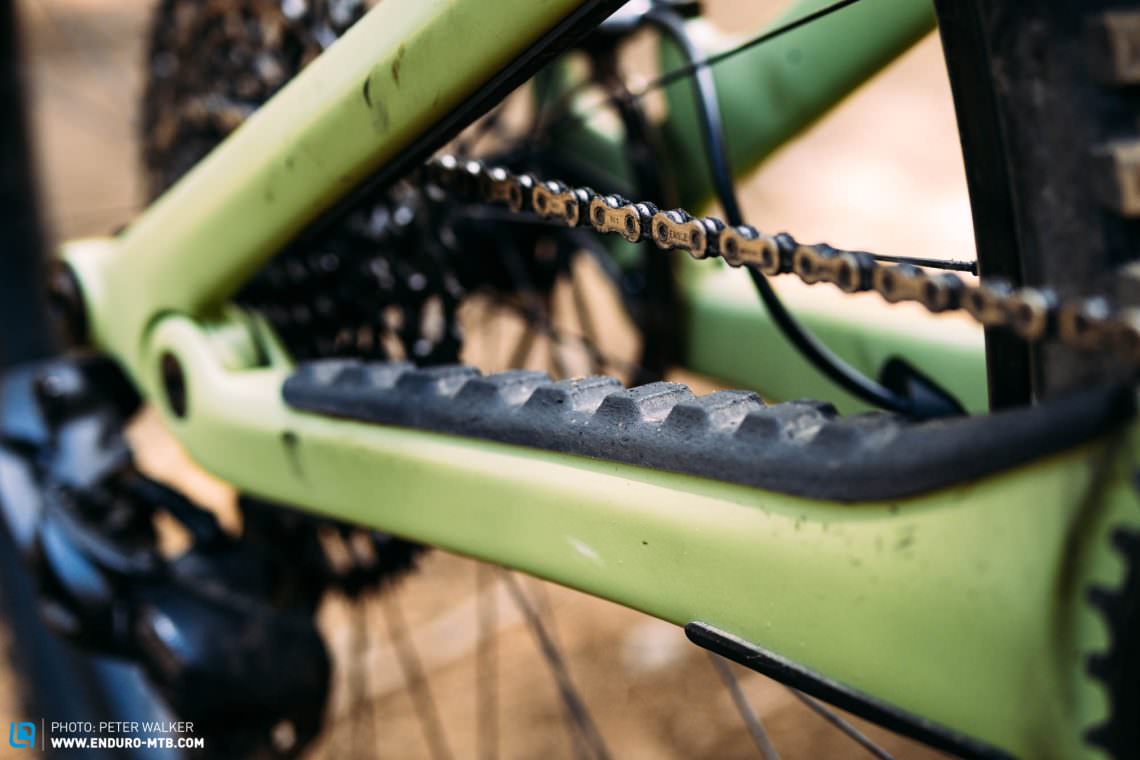
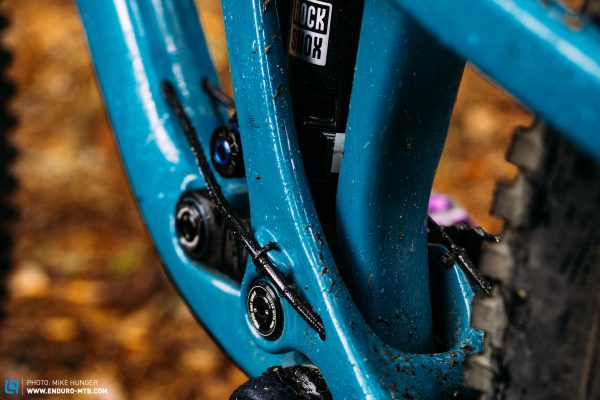

The weight difference in the test field is huge
There’s a difference of almost 3 kg between the lightest and heaviest bikes in the test field. However, the lightest bike – the Mondraker Raze RR SL weighing in at 12.9 kg – costs more than twice as much as the 15.9 kg FOCUS JAM 8.9. The Atherton AM.150 won the group test weighing in at a whopping 15.5 kg, making it one of the heaviest bikes on test. Nevertheless, its performance on the trail, which is the result of heavier components, far outweighs this drawback, and the super efficient rear suspension means that the AM.150 is a good climber despite its weight and robust tires. Of course, everyone benefits from lugging less weight uphill and the Mondraker is a damn quick climber. However, this was largely due to the efficient rear suspension and the light, fast-rolling tires. On the other hand, ultra-light bikes like the Mondraker often feel flimsy and nervous at high speeds on the descents.
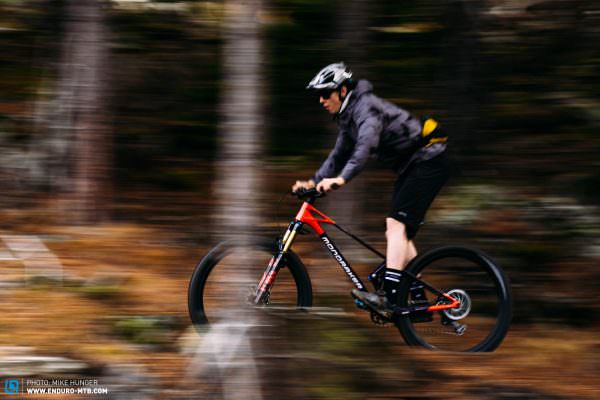
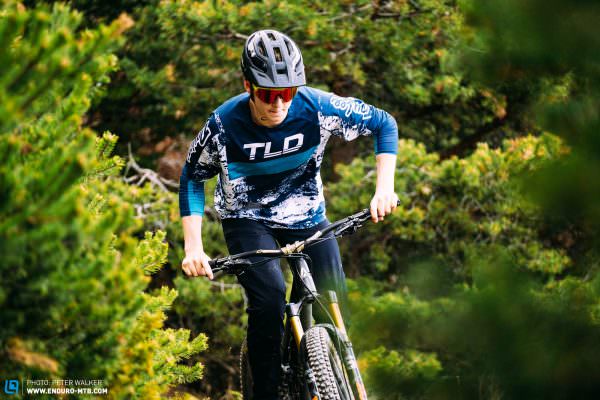
The electronic RockShox Flight Attendant suspension
The RockShox Flight Attendant suspension offered a huge advantage in our last enduro bike group test, automatically switching between open, pedal and lock mode. However, that wasn’t the case in our 2022 trail bike group test where it featured on the YT JEFFSY UNCAGED 6, though it wasn’t due to the system itself but to the competition. They’re very efficient climbers even without the suspension locked out. Of course, the electronic suspension performs as expected on the YT and optimises the uphill riding position by keeping the shock higher in its travel, yet much of the competition was faster on the climbs. In other words, the technology only makes sense on bikes that require a lock-out when pedalling uphill, which isn’t the case with most trail bikes nowadays.
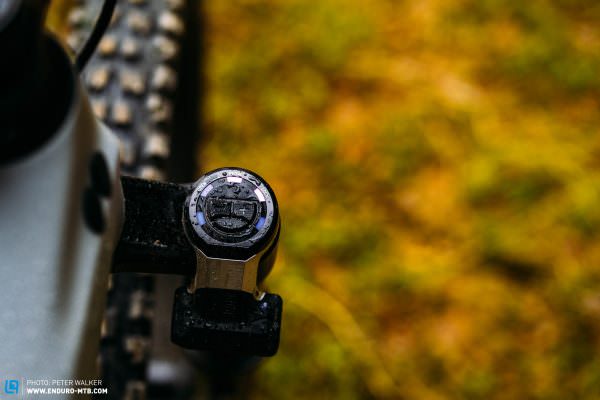

The new standard: storage compartments and tool mounts
More and more brands are adding mounting points to their bikes that allow you to carry your trail essentials without needing a backpack or hip bag. Integrated storage compartments are also becoming increasingly common, and, in a few years, we’ll hardly see any bike without a feature like this. The advantages are just too big to ignore. Whether you use it for storing a tube, pump, snacks, rain jacket, tool or additional hydration bladder, there are a ton of convenient possibilities. Nevertheless, there are big differences in the brands’ individual designs and for many of them, it’s their first attempt at something like this. In other words, the functionality and quality often leave room for improvement, particularly with regard to the locking mechanism of the storage compartment. That said, we can look forward to cool and refined solutions in the future.
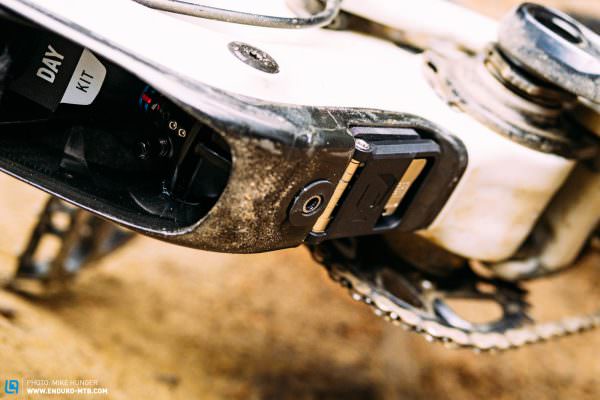
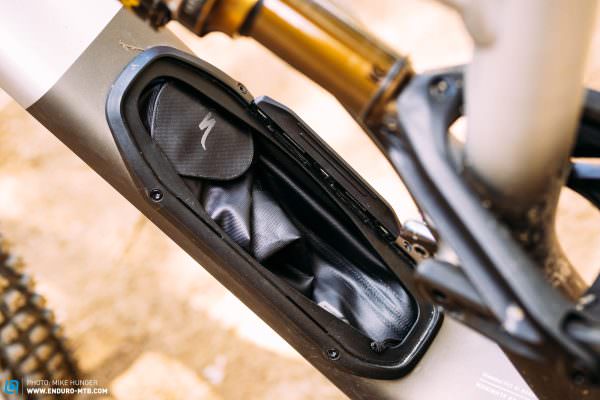
Trail bikes are becoming increasingly capable on the descents while also getting faster on the climbs! As a result, they’re more versatile than ever. The details are being refined and convenient new features make life on the trails so much easier. Innovations that were all the rage just recently are now standard, though we’re still seeing a lack of proper implementation. That said, the component choices are lagging behind this rapid development as many brands are stuck in old habits instead of adapting to the increasing capability of their bikes.

